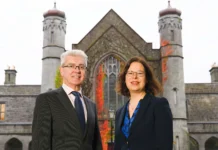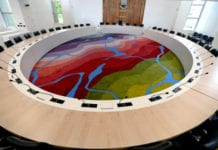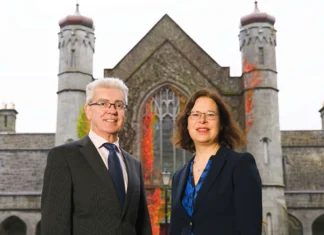Astronomers at NUI Galway have played an integral part in an international effort to measure the diameter of stars using an array of gamma-ray telescopes.
The VERITAS array consists of 12 gamma-ray telescopes at the F.L. Whipple Observatory in southern Arizona which astronomers use to to detect very-high-energy gamma radiation from exotic objects in space.
They do this by measuring the brief flashes of visible light that occur when these gamma rays hit the earth.
This project sought to turn the VERITAS array to a different usage, testing an innovative way to directly measure the diameters of far off stars.
Dr Gary Gillanders of the Centre for Astronomy at NUIG said that because stars are little more than points of light in the sky, astronomers usually have to try indirect methods of measuring temperature and brightness to estimate their size.
Instead of this, the team at VERITAS is using the telescope array to record micro eclipses when asteroids pass between the earth and the star they’re pointed at.
By measuring the angle cast on the earth by the asteroid, they are able to calculate the diameter of the star, a method that has already been applied to two stars.
Amy Joyce was a MSc student at NUIG who was part of the observing crew who measured one of those instances.
She said that it is a lot like a mini solar eclipse “although it is extremely faint and only lasts a few seconds”, making VERITAS an ideal instrument to detect it.
“Normally we use VERITAS to observe objects like the supermassive black hole in M87, recently imaged by the Event Horizon Telescope,” said Dr Mark Lang of the School of Physics at NUIG.
He added that this experiment shows the versatility of VERITAS in taking other kinds of measurements.
The study was led by Dr Michael Daniel of the Harvard-Smithsonian Center for Astrophysics and Dr Tarek Hassan of DESY, the German high-energy physics institute.
Other Irish partners involved include researchers at UCD and Cork IT.














